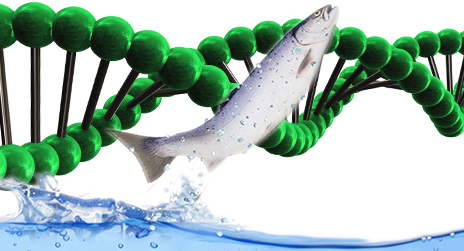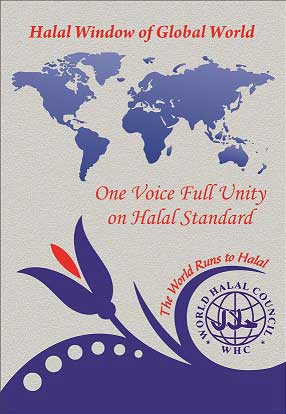WHAT DOES ISLAMIC LAW SAY ABOUT ANIMALS THAT EAT CARRION OR ANIMAL FOOD?
Dr.Hüseyin Kâmi BÜYÜKÖZER
In the breeding of bovine, ovine and poultry animals, the meat of which is permitted to be eaten by people in our religion, the questioning of Muslims with religious sensitivity on this issue is never-ending due to the breeding methods and technologies imported from the West today. Is there GMO application from the embryo or not, is the feed ration used in nutrition carnivorous or herbivorous, are hormones used, is there stunning before slaughter or not, how is the slaughter done, by hand or guillotine, how is the skin or feathers plucked after slaughter, etc. Although our articles answering these and similar questions have been published on our websites and in our books, our people who have generally lost their trust cannot finish their questioning.
“They ask you: What has been made lawful for them? Say, ‘All pure things have been made lawful for you, and eat of what the beasts of prey which you have raised by training and teaching them from what Allah has taught you, and call upon them the Bashmaa’ and fear Allah, for Allah’s accounting is swift.” (Surat al-Ma’idah, Verse 4)
“Forbidden to you are carrion, blood, pork, slaughtered in the name of none but Allah, and what you do not slaughter while you are alive, whether strangled, shot, fallen from above, gored or devoured by beasts, and animals slaughtered on stones (idols), and seeking fortune by fortune-telling. All these are going astray from the right path. Today the disbelievers have despaired of your religion. Do not fear them, but fear Me. This day I have perfected your religion, I have completed My favor upon you, and I have made Islam your religion, and whoever is hungry and is forced to eat of it without inclining to sin, there is no sin on him. For Allah is forgiving, merciful.” (Surat al-Ma’ida, Verse 3)
It is clear from the above verses that Islam has made only clean and harmless food and drink (tayyibāt) lawful for people, and unclean food and drink (habisāt) normally unlawful.
Cellâle is an Arabic word derived from the root “cellet ” meaning human and animal filth, and according to Islamic terminology, it refers to quadrupedal domestic animals such as camels, cattle, sheep, goats, and poultry, which eat unclean animal food such as carcasses of unclean animals on a continuous basis (Cife), or which feed on human and animal waste and other foods that are unclean in nature, either plain or mixed, and therefore smell. ”
Hence, since the Cellâle, who are a threat to human health, feed on filthy and unclean food, their meat, milk, eggs, skin, feathers, wool and even the young in their wombs are also unclean and therefore harmful.
“That Messenger enjoins upon them that which is good and forbids them from evil, and makes lawful that which is pure (Tayyibât) and forbids that which is unclean (Habisât)… ”
Ibn ‘Abbas reported that the Prophet (s.a.) forbade the eating of the flesh of all canine predators and birds of prey with claws.
The fanged predators mentioned in this hadith are aggressive animals that grab and tear others with their teeth and defend themselves with their teeth. These include wolves, bears, dogs, dogs, lions, tigers, tigers, parsons, monkeys, hyenas, cats, elephants, pigs and weasels.
Likewise, the birds of prey with clawed wings, which are birds that snatch and hunt and scratch with their claws. These are the eagle, the rook, the peregrine crow, the bat, the hawk and the falcon.
Thus, the hadiths in the Sunan Hadith corpus clearly state that the meat, milk and skin of the Cellâle is unclean and forbidden, and that the meat of animals with predatory teeth and predatory claws is also forbidden. This is because these animals are constantly feeding on animal or human carcasses and other scraps. It is as if they are natural animals of the Jabalah. The mujtahids have also compared the hair, wool and even the young of the Cellâle to the meat, milk and skin mentioned in the hadith.
We will try to complete our subject in 3 stages.
1.What does Sharia say?
2.What is the situation today?
3.Solutions
As the article is long, it will be continued in the next section





